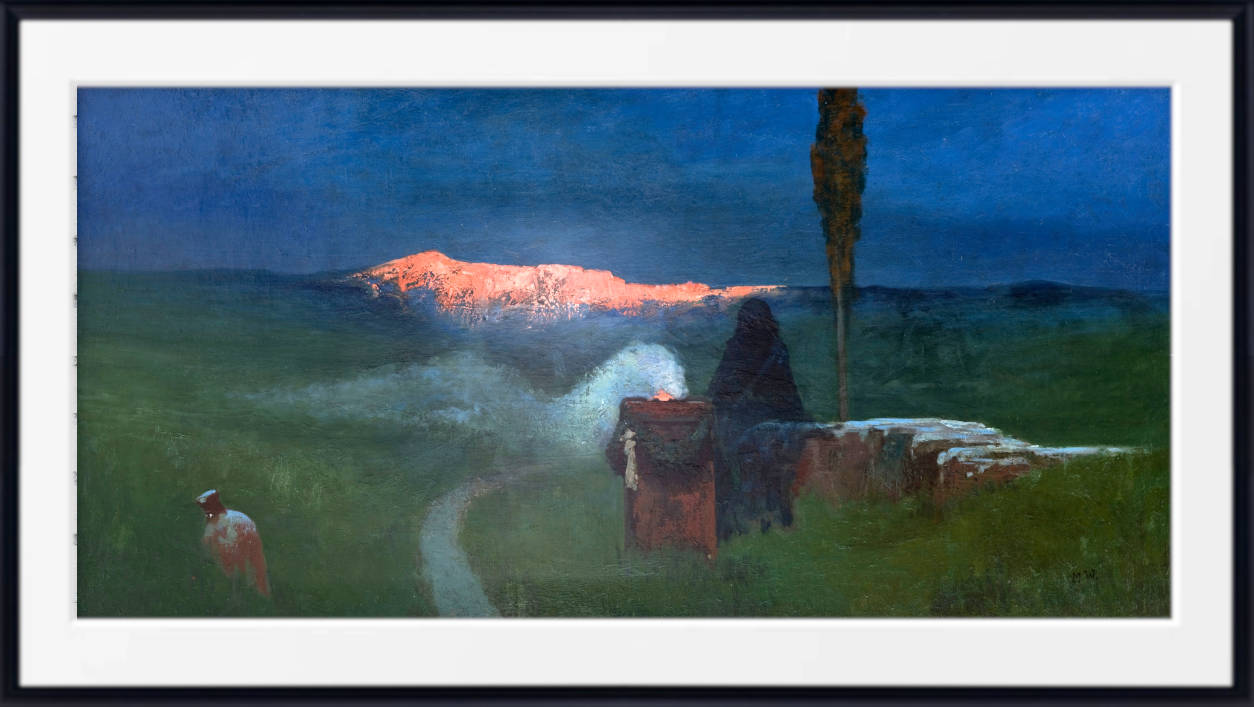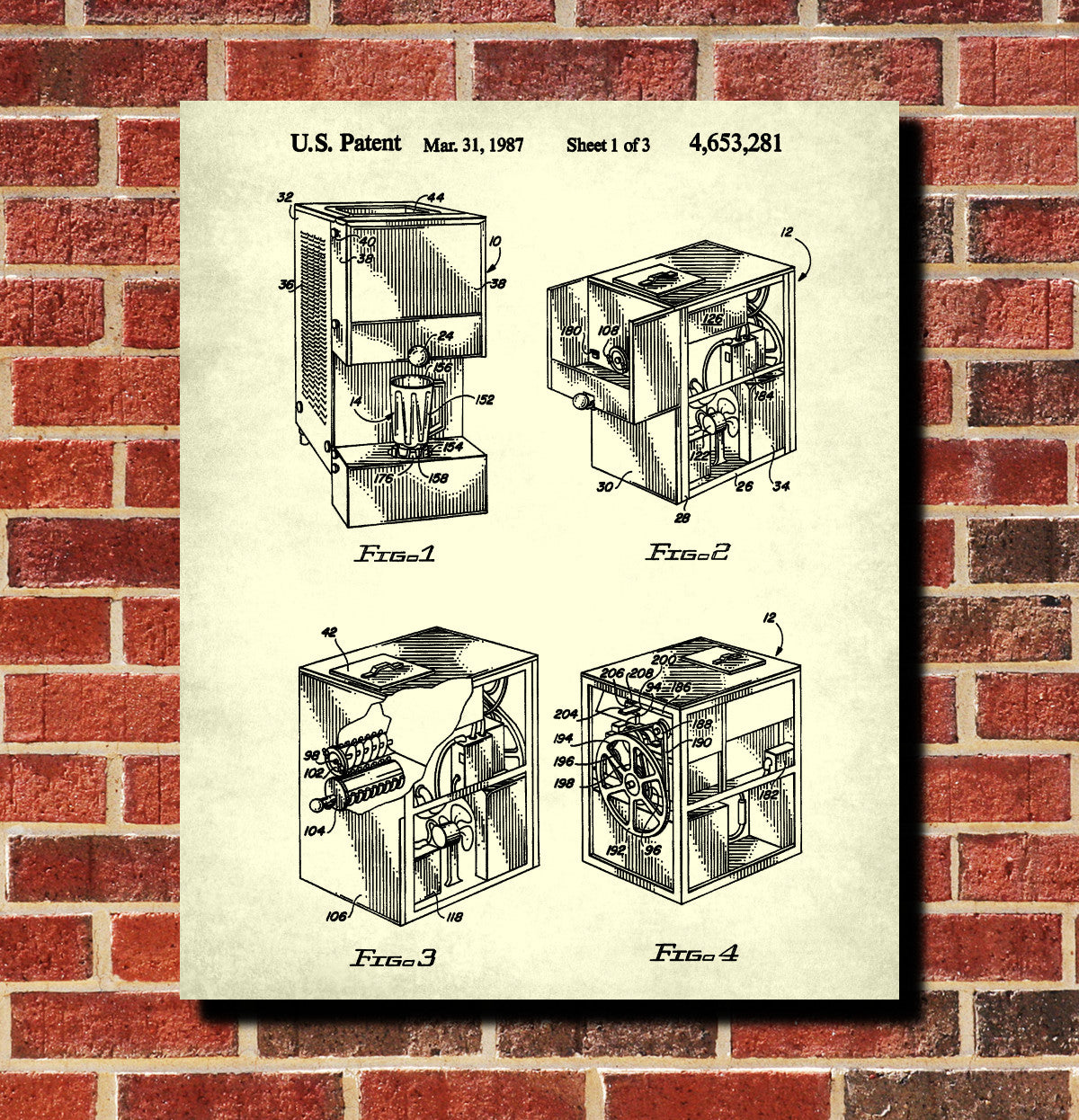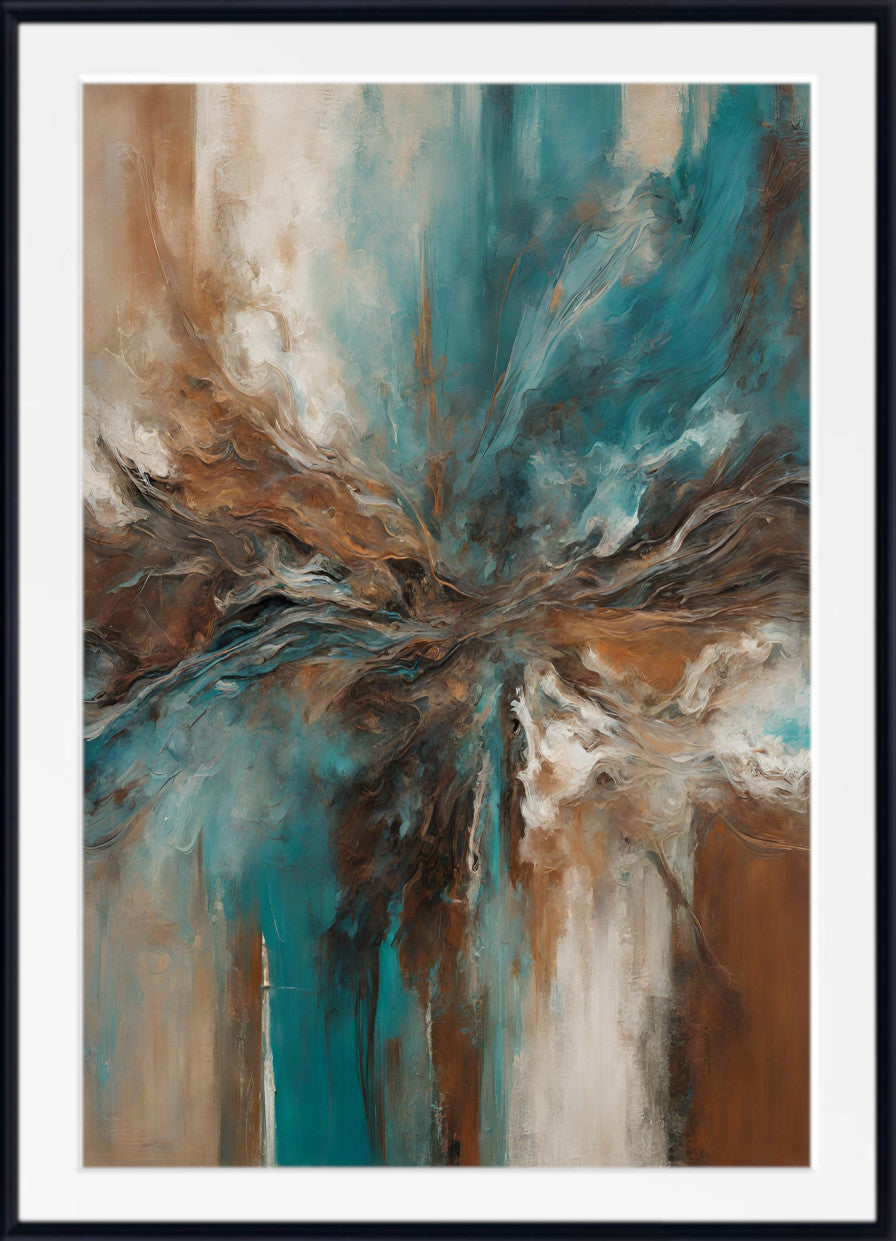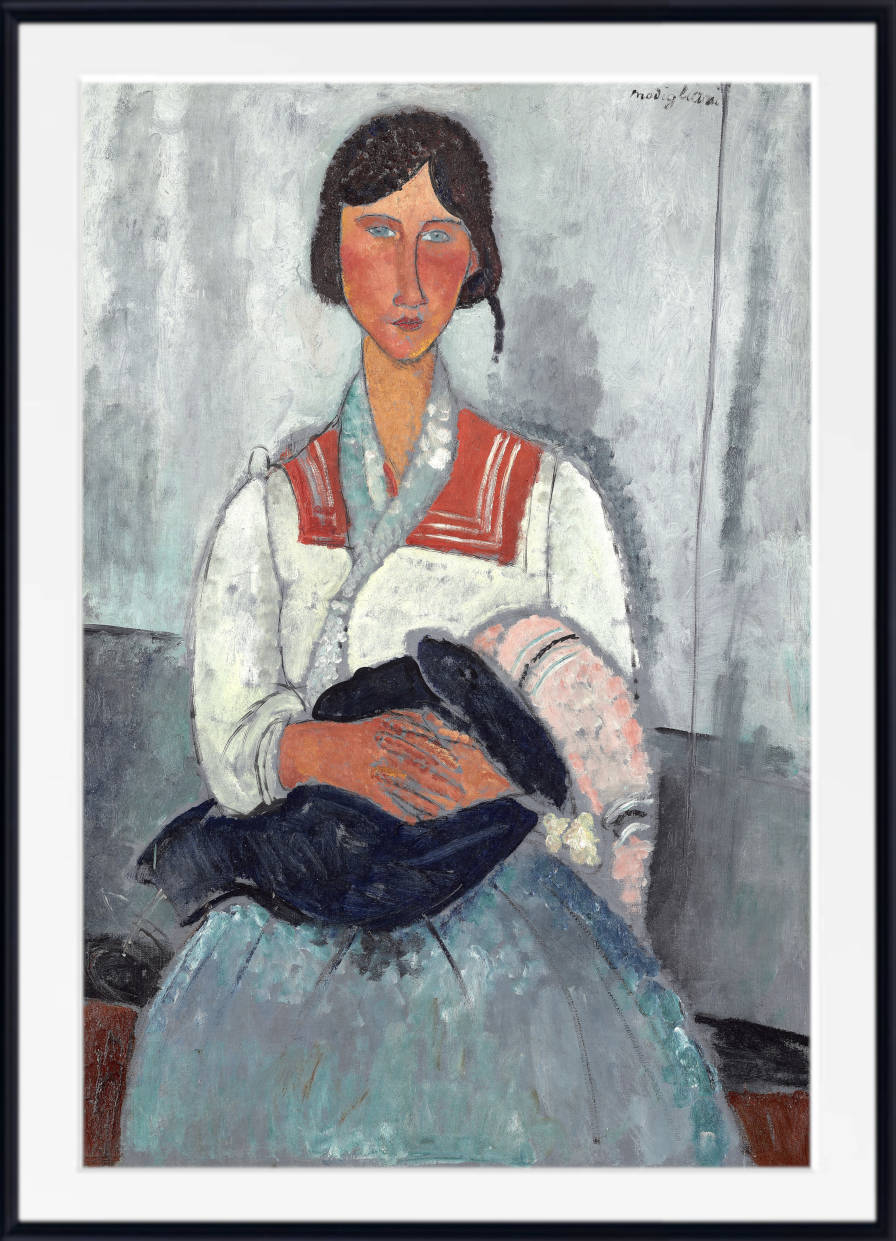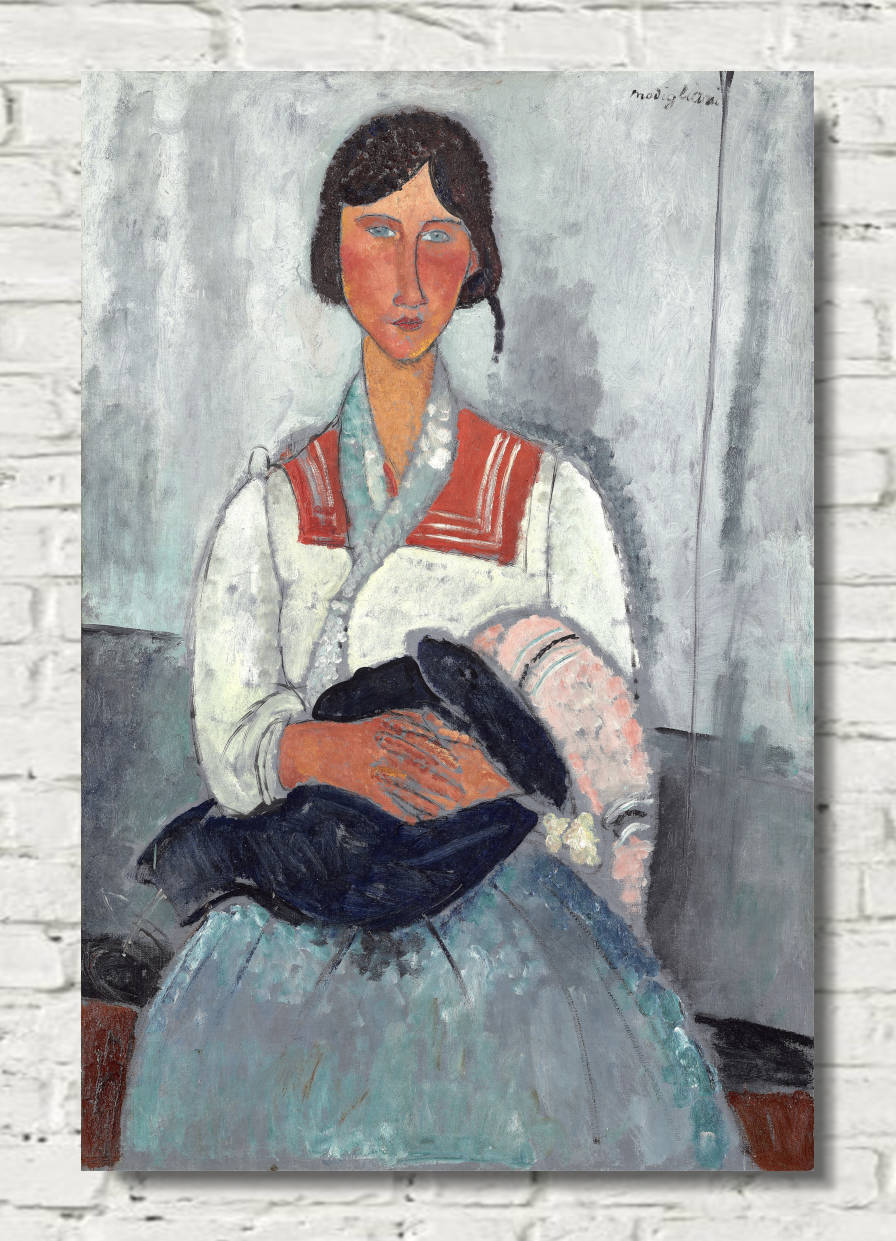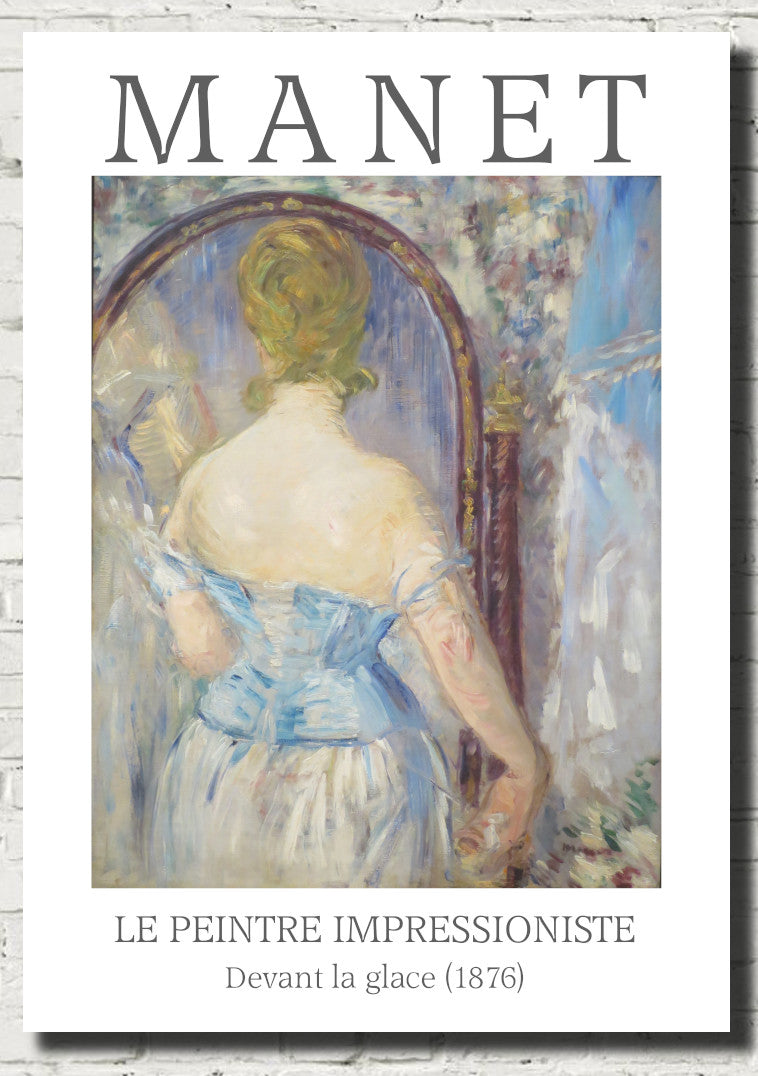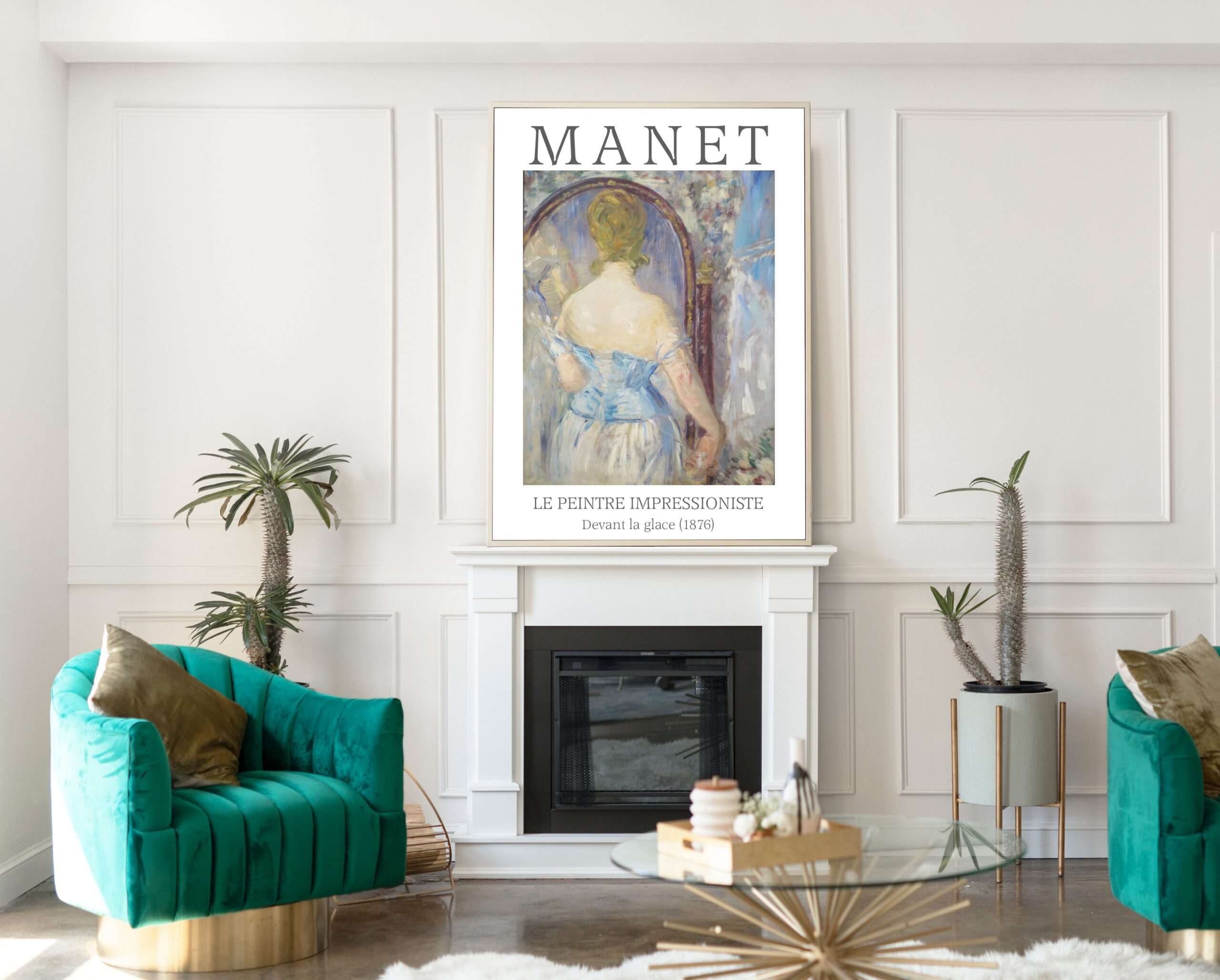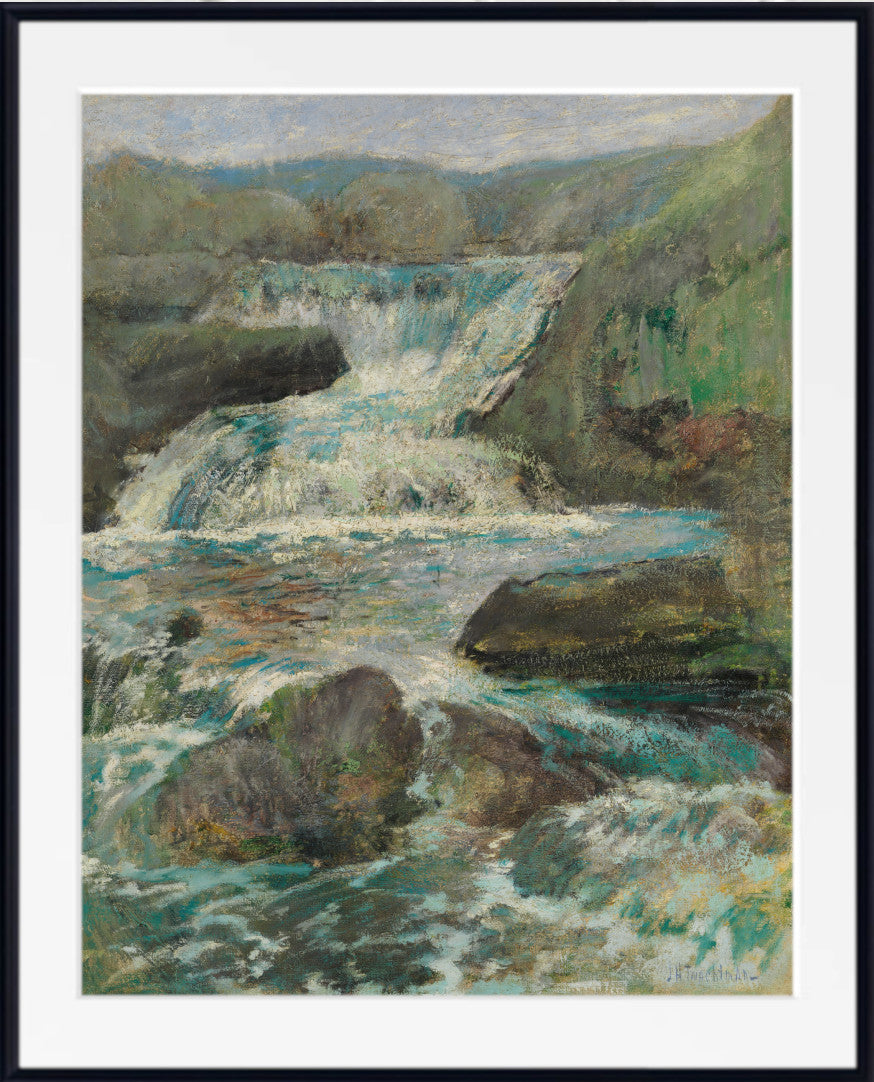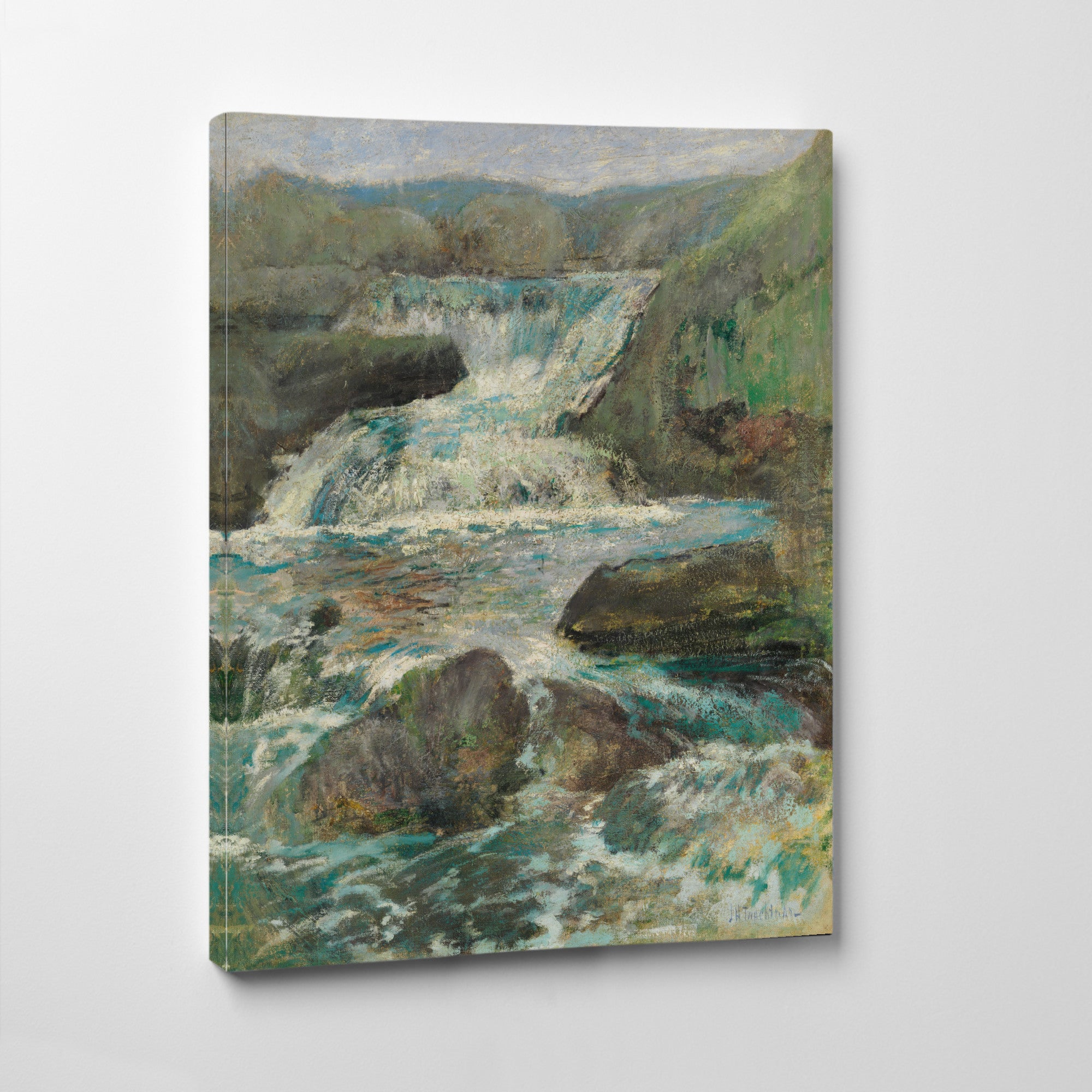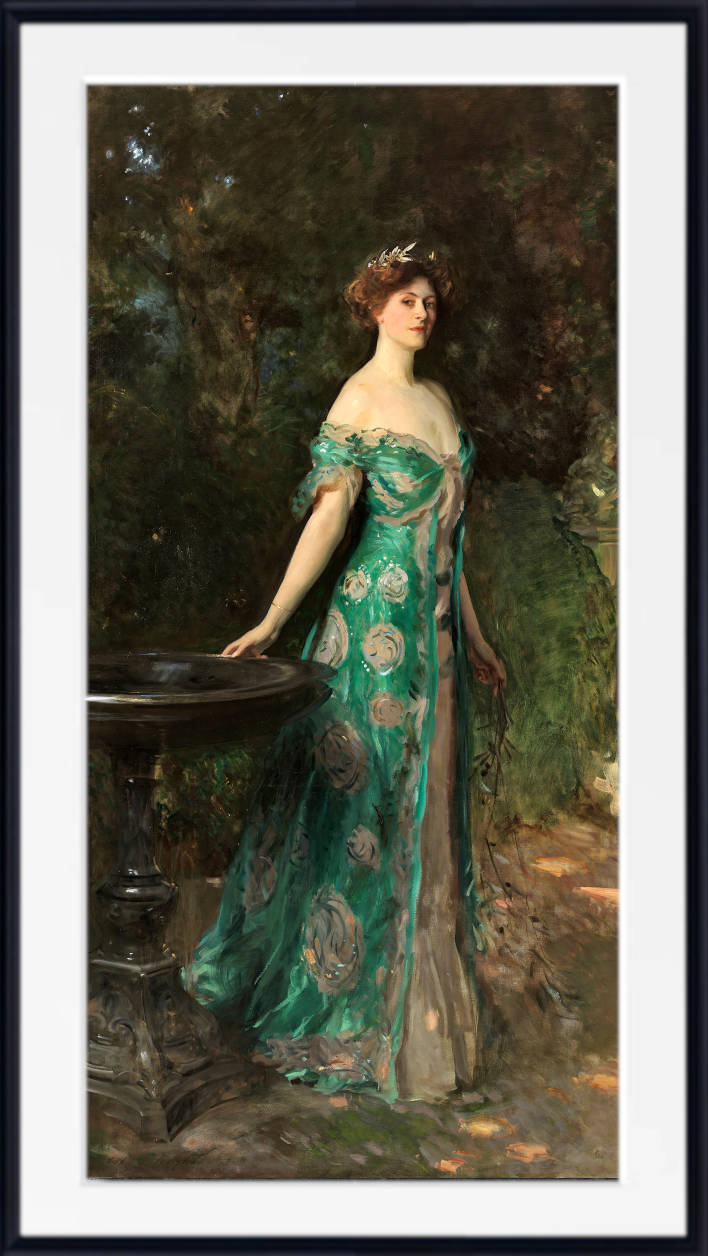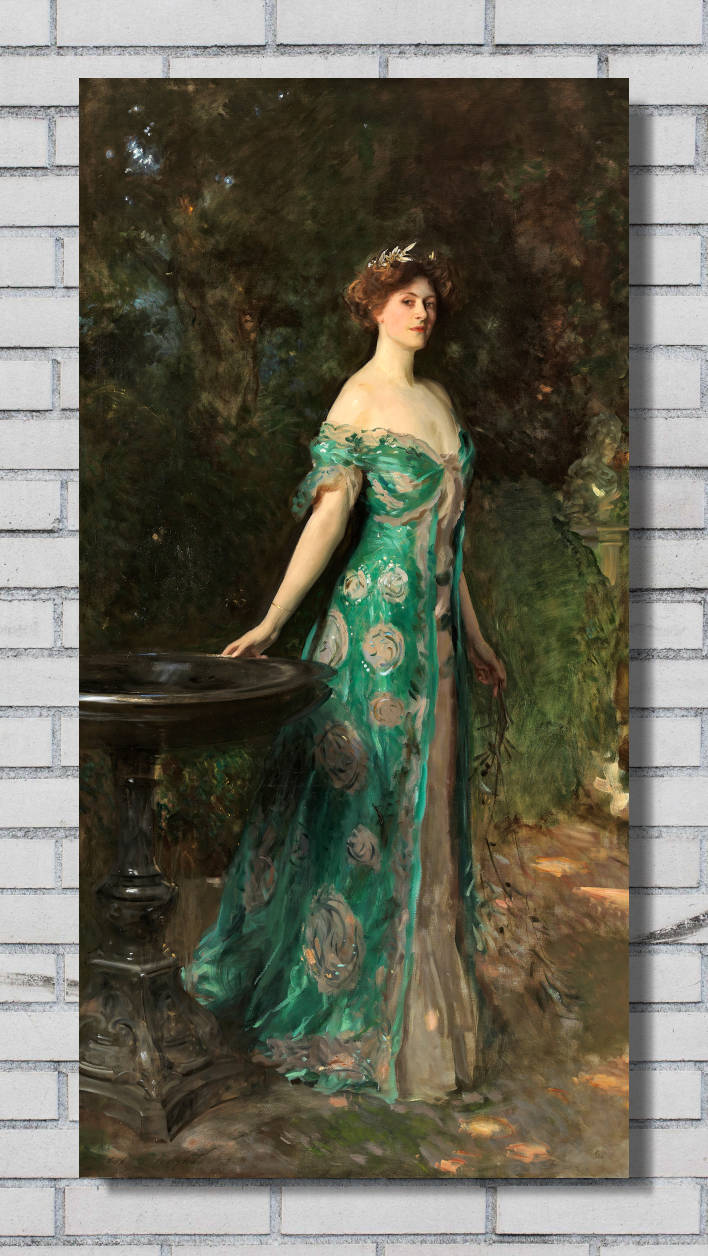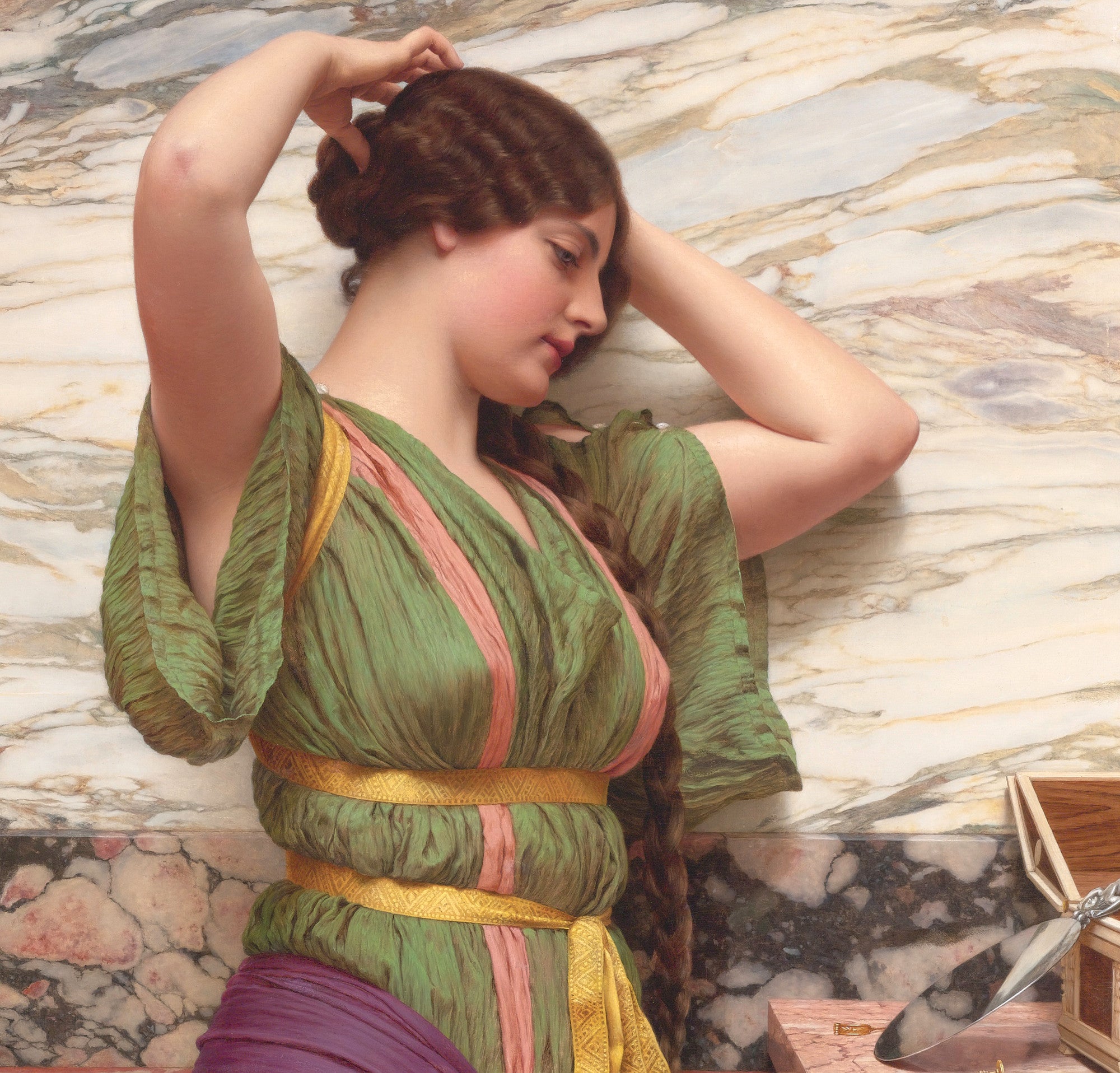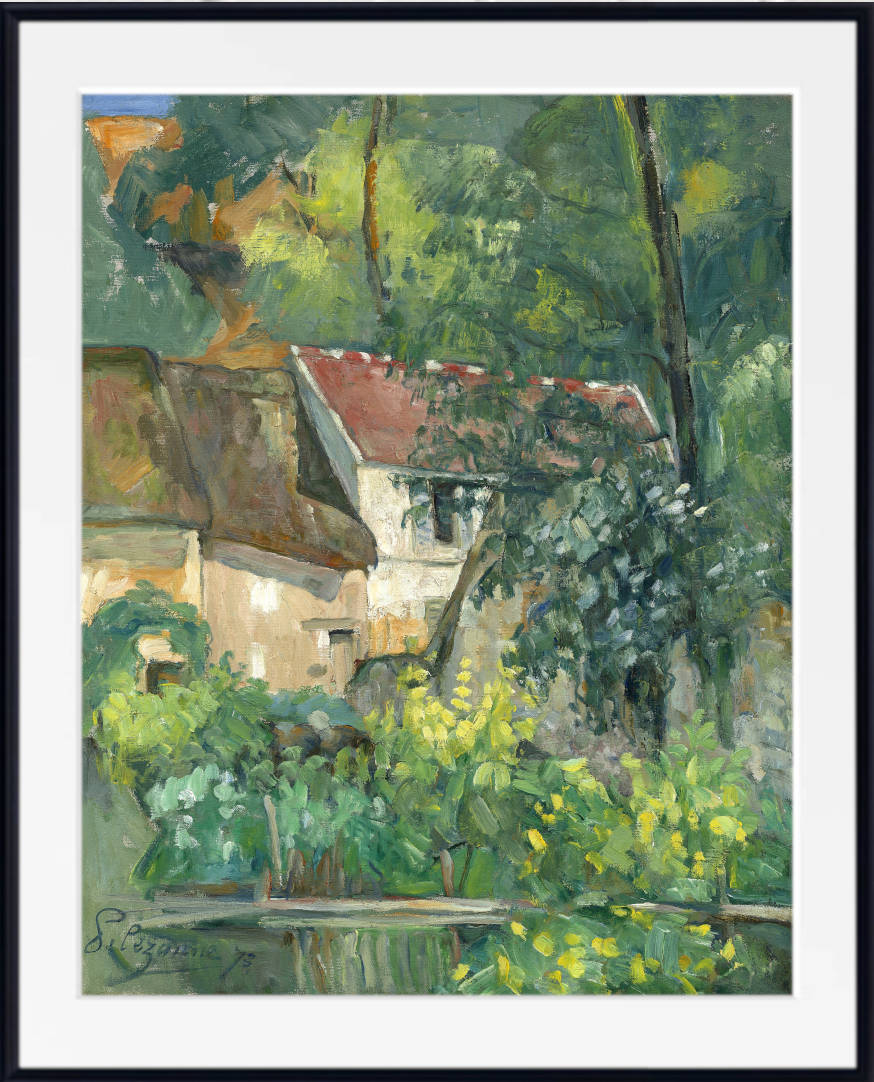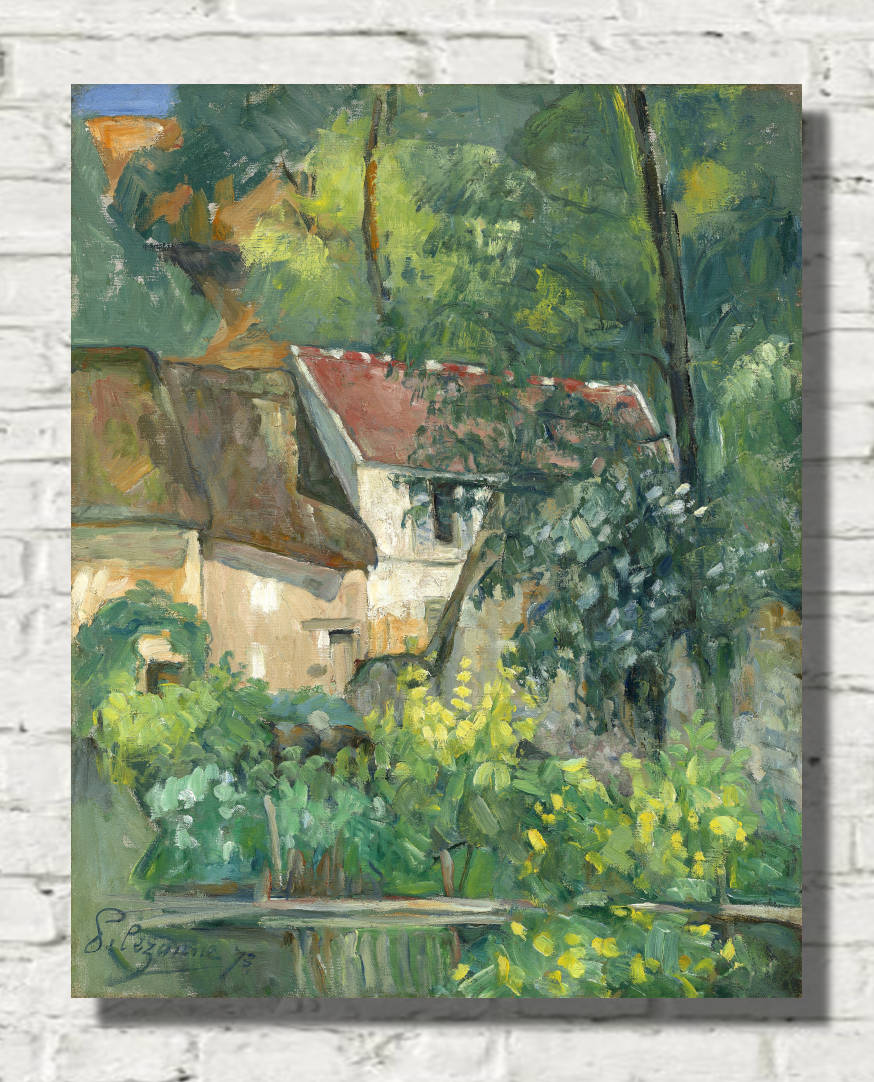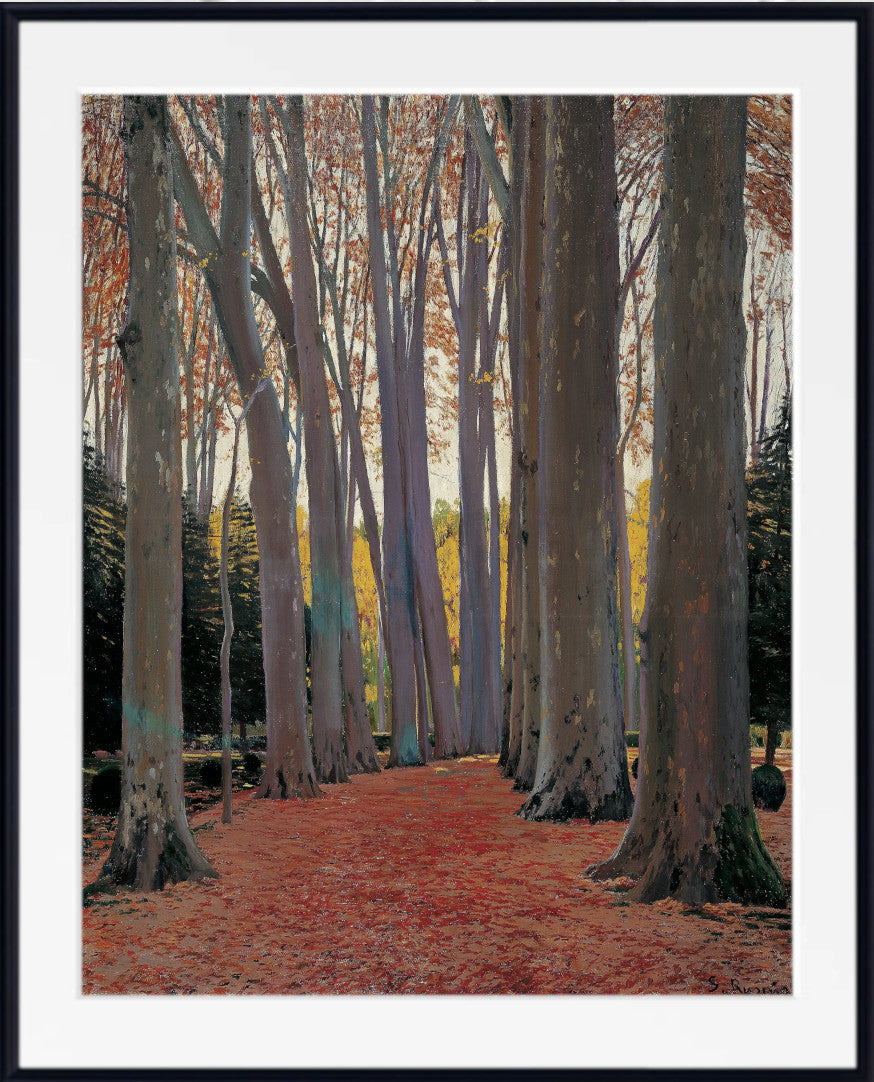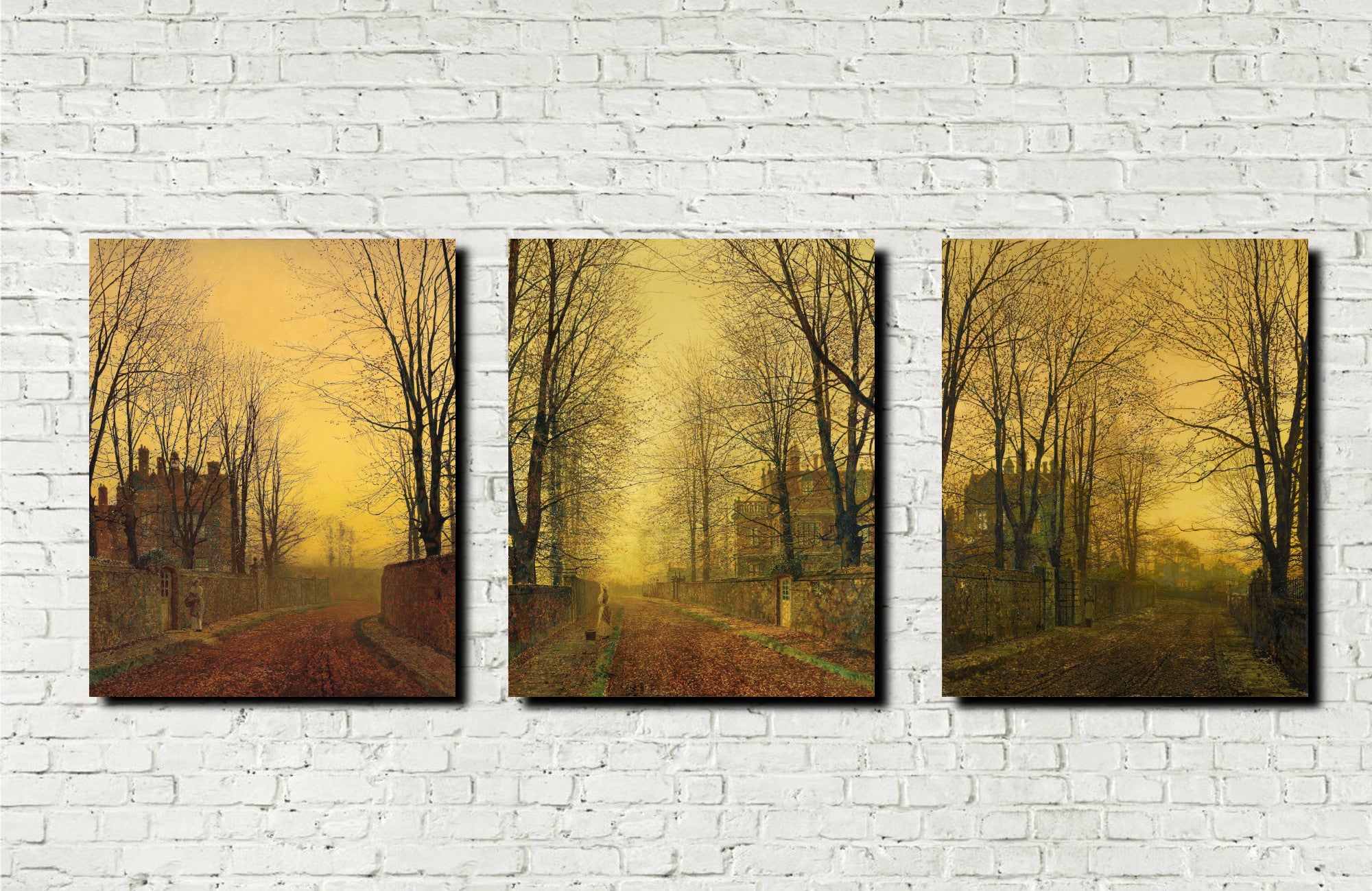Marian Wawrzeniecki Print, Impression of Gloomy Thoughts (1895)
Marian Wawrzeniecki Print, Impression of Gloomy Thoughts (1895)
Wawrzeniecki’s work vividly reflects Slavic culture, as seen in paintings like “Uroczysko Słowiańskie,” “Fate,” “Smok,” and “Sacrifice.” His unique pieces were also featured on postcards and stamps. Though influenced by his teachers Wojciech Gerson in his early Warsaw phase and later Jan Matejko, he developed a distinctive style that was not imitative.
Wawrzeniecki believed that art should convey not only historical scenes but also the personal beliefs of the artist. His creations were driven by two main principles: a profound fascination with sexual symbols and visions of desire and love, and an ever-present awareness of death’s inevitable cruelty. His work often explored the dichotomy between a longing for human connection and the transient nature of life. Influences from French and German symbolism, particularly from artists like Gustave Moreau and Arnold Böcklin, can also be seen in his work.
Wawrzeniecki’s style was unmistakable, characterized by flat, matte, and saturated color patches, thick fluid contours, and intricate decorations, sometimes reminiscent of comic book stylization. His paintings frequently incorporated elements of Slavic pagan rituals, including statues of Swarożyc or Lelum-Polelum, sacred groves, trees, sacrificial stones, steles, and swastikas. Central to these scenes was often a nude woman, depicted naturally. She typically appeared as either a sacrificial victim or a co-priestess in pagan rituals, symbolizing the beauty of sacred places and Slavic gontines. This representation caused significant public controversy during his lifetime.
One of his recurrent themes was the torture of naked women accused of witchcraft, producing numerous sketches and drawings with explicit erotic overtones. Male figures rarely appeared in these contexts. Beyond these provocative themes, he also explored fairy-tale motifs and archetypal human psyches, illustrated books, and created bookplates. His genre scenes from a journey to Bulgaria and collaborations with magazines and art organizations, including “Chimera,” are also notable.
All prints are made using archival art stocks and UV pigment inks to give up to 200 years life. Prints are sold unframed and unmounted.

